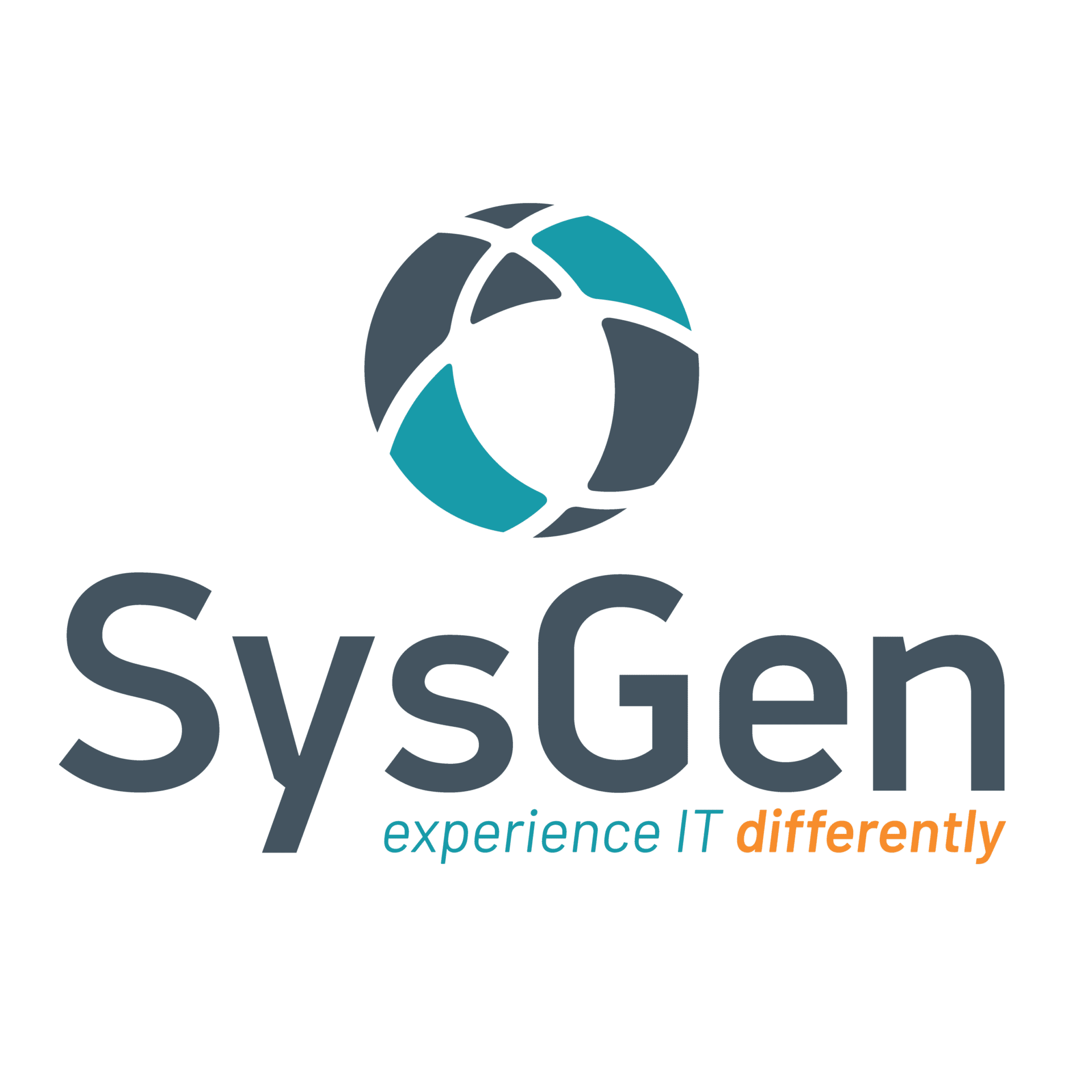Today’s modern workforce thrives on integrating technology seamlessly into day-to-day operations. Employees now work from various locations and devices, with the ability to collaborate across time zones. This shift has strongly emphasized the need for platforms that can facilitate efficient collaboration, data management, and workflow optimization. Microsoft SharePoint has emerged as a leading solution for this need, providing businesses with a centralized hub that fosters communication, streamlines data storage, and enables workflow automation. However, as businesses adopt SharePoint as their go-to collaboration platform, it’s crucial to implement a strong governance framework. Effective SharePoint governance ensures that the platform remains secure, compliant, and optimized for efficiency. Governance plays a critical role in helping businesses maximize SharePoint’s potential, especially in hybrid and remote work environments, where the need for structure and security is paramount. In this article, we will discuss the best methods to implement an effective SharePoint system in your business, and how to govern it appropriately to ensure data safety and seamless day-to-day operations.
Understanding the Modern Workforce
The concept of a modern workforce entails employees who work from multiple locations; whether they’re at home, in the office, or on the go. This group includes remote workers, hybrid teams, and those who are digitally connected through various collaboration tools. The key characteristics of this workforce include flexibility, collaboration, and the ability to access resources anywhere at any time. While the idea of being a part of the modern workforce is enticing, they also face several challenges. There’s always a case of information overload, where employees struggle to navigate an overwhelming amount of data, and this can lead to declines in productivity. There’s also a cybersecurity concern due to the increasing volume of sensitive information that is shared across devices and locations. Additionally, many teams face difficulties managing and streamlining workflows, due to the dispersed nature of their work, and the variety of tools and systems they use.
Table of Contents
Microsoft SharePoint is a powerful platform that integrates with Microsoft 365 – which offers a suite of features that make it ideal for the modern workforce. Its robust capabilities for data management, collaboration, and workflow optimization make it a central hub for employees to interact and share knowledge. Here are some key features of SharePoint that make it central to the modern workplace:
- Document Management: Microsoft SharePoint enables secure storage, version control, and document sharing. This makes managing and collaborating on multiple documents in real time easier. Teams can have one true version of the same document without worrying about duplicates.
- Collaboration Hubs: Microsoft SharePoint can facilitate team collaboration through dedicated spaces such as team sites and communication sites, which can be customized to meet the specific needs of different departments or projects.
- Workflows: Its automation features can help streamline repetitive tasks and ensure that workflows run smoothly. These workflows can be customized for approval processes, document reviews, and other business functions.
- Integration with Microsoft 365: SharePoint can integrate with other Microsoft products, such as Teams, Outlook, OneDrive, and more, providing a unified environment for team communications and collaboration opportunities.
SharePoint has offered plenty of real-world use cases throughout various industries. It facilitates centralized document storage by offering a single repository where all company data and documents can be stored, ensuring that the latest version of the documents are accessible to the authorized team members. SharePoint also makes it easier for enhanced cross-department collaboration; teams from different departments and locations can work together, share files, and track progress on multiple projects. SharePoint has successfully simplified content sharing and project management by helping teams streamline communication through easy access to important data and resources, project timelines, and task assignments.
SharePoint has proven to be an efficient tool for teams to collaborate, but it still needs significant management and governance to make it work for the teams, instead of adding headaches to the day-to-day operations. SharePoint governance refers to the framework of policies, rules, and practices that guide how it can be used within organizations. Governance is essential to make sure SharePoint operates efficiently, securely, and in compliance with local legal and regulatory requirements. The governance piece focuses on areas like content management, cybersecurity, use access, and overall platform administration. Here are some key components of SharePoint governance that organizations must pay attention to:
- Governance allows clearly defined roles and responsibilities for the team: clear roles for administrators, users, and content managers to ensure that the platform is used appropriately and efficiently.
- Facilitating information architecture, which includes the organization data within SharePoint, such as how documents are structured, classified, and managed.
- Allocating content policies regarding content creation, sharing, and archiving, guarantees that documents are appropriately managed and retained within organizations.
- Having governance in your organization establishes security protocols and admissions, which allows access control, permission settings, and encryption policies to protect sensitive data and ensure compliance within the organization.
The Role of Governance in Empowering the Modern Workforce
So, how does governance play a role in the context of the modern workforce? In fact, it plays a pivotal role in driving success across several key areas. Governance ensures consistency by providing a framework for how SharePoint should be used across the organization. This consistency helps employees know where to obtain information, share files, and receive guidance on which processes to follow, regardless of location and access. The governance also enhances security by helping organizations define rules for data security. By managing permissions and access controls, governance ensures that only authorized personnel can view, edit, or delete sensitive documents. Additionally, compliance policies can be put in place to ensure that the organization meets industry standards. By organizing data and workflows, governance helps improve efficiency by helping employees quickly find the information they need, without sifting through an overwhelming amount of documents. A structured approach minimizes the risk of duplicate files, outdated content, and bottlenecks in the workflow. Finally, SharePoint governance is great at facilitating collaboration; it balances the need for collaboration with structure. It also ensures that teams can collaborate freely without compromising on security, content organization, or version control.
So now that we know the importance of SharePoint governance, how do business owners implement it effectively? In addition to the key components highlighted above (clearly defined roles, sophisticated information architecture, content policies, and established security protocols), here are the best practices ideas to ensure its success:
- Monitor and update governance policies regularly: Governance isn’t a one-time activity, it should evolve to meet the changing needs of the organization, Conduct regular reviews update the apologies based on user feedback, and make necessary changes in technology and business goals to make sure the established standards are met.
- Employee training: Your employees should be trained on how to use SharePoint effectively within the governance framework. This includes how to manage files, follow the appropriate workflows, and adhere to all security protocols.
We have discussed the advantages of SharePoint, the importance of its governance, and the best practices to implement for your business. So, how do you as a business owner, get started? Implementing SharePoint governance is a step-by-step process that requires careful planning and execution. Here are the essential steps:
- Assess your organization’s needs and current SharePoint setup: Does your organization use SharePoint already? If yes, the first step is to evaluate the current use of SharePoint within the organization, identifying pain points and areas for improvement.
- Develop a governance framework with stakeholder input: Make sure to involve your key stakeholders in the development of the governance plan; this process helps so that the framework aligns with your business objectives and needs.
- Roll out the governance plan: Communicate the new governance framework to all employees, and facilitate the necessary training and support. This will help ensure the smooth adoption of the policies and practices for your team members and mitigate as many risks as possible.
Monitor and adjust policies as needed: Continuously monitor SharePoint usage, gather feedback from your team, and make adjustments to policies as needed to ensure ongoing success.
Final Thoughts
As businesses continue to adapt to the demands of the modern workforce, Microsoft SharePoint remains an essential tool for optimized collaboration, document management, and workflow optimization. However, to truly harness its potential in organizations, business owners must prioritize SharePoint governance. By ensuring consistency, cybersecurity, and efficiency, governance in SharePoint plays a crucial role in empowering your employees to work productively in a hybrid/remote environment. To maximize the platform’s value, businesses must implement a comprehensive governance framework, leveraging best practices and facilitating continuous feedback. This proactive approach will allow space for a secure, organized and collaborative digital workspace, enabling organizations and business owners to thrive in today’s fast-paced work environments. To ensure you meet all the elements in the checklist, consider leveraging professional Digital Advisory services – our team of digital transformation experts can help you and your business leverage the right team and tools to ensure the effectiveness of your SharePoint governance strategy.
Chat with our Digital Transformation team now!



